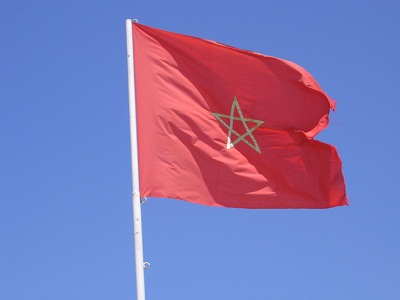E-agriculture typifies the shift from struggling industrial economies to a knowledge-based entrepreneurial economic landscape driven by rapid technological innovation.
ICTs, which are increasingly viewed as tools that can enable farmers to work smarter and boost their returns, have functioned as a source of empowerment, boosting and building capacities, through highly efficient knowledge sharing processes.
Here are two ways in which e-agriculture is helping to transform the Caribbean’s agricultural sector.
- AgriTalk: An initiative of the Caribbean Farmers Network (CaFAN)
Objective: To facilitate a community of knowledge network of practice for Small Farm Holders and Farm associations and stakeholders across 16 Caribbean Islands by probiding cheap network communications using innovative digital technologies (VOIP) to facilitate timely agriculture related information (market prices, information about fertilizers, crop varieties etc.)
Approach: Partner with Mobile Telecom & VOIP Providers to create a closed user group service at a low cost to members of the network.
Regional-CaFAN- VOIP (ATA Adapters)-Peer Network & Gateway-Pilot
Internet Access- Low cost Edge Service -(Data Cards) Modem and Router – US$20/month
Local Level- CUG with Local Mobile Network -(Digital or C&W) -US$5/month (Free SMS)
VOIP Gateway – At each Network Contact Point (using SMS or code)
Beneficiaries: Nearly 1 million farmers
Benefits to community: Better prices, reliable information, Ease in selling their products etc…
Driving Agency: CaFAN, Farmer Associations
- Rural Radio-Radio Toco 106.7FM, in Trinidad and Tobago, South-Eastern Caribbean
Objective: Aimed at serving the community and broadcasting community programs to alleviate poverty through information and ICTs.
Radio Toco came on stream in November 1997, with UNESCO/UNDP assistance within the framework of UNESCO’s special program “Women Speaking to Women”, and has gone from strength to strength since then.
Approach: A radio station and multimedia center, offering training
Beneficiaries: Rural Community
Driving Agency: Toco Foundation with the help of volunteers
Key lessons from these two initiatives
- Technology is secondary to preparing and aligning people and processes
- Effective community participation is vital
- Strong leadership from village up is essential for success of any ICT4D project (e.g Agri-Talk)
- Leveraging ICTs is not necessarily about changing lifestyles in rural communities. In many instances, they will introduce new methods of doing the same old activities.
- Agricultural information is a complex process (information infrastructure—access and costs)
- Knowledge sharing and strategic content development will be vital
Find out more about e-agriculture projects around the globe here.






































